Zainab Zaidi
An Interpretable Low-complexity Model for Wireless Channel Estimation
Feb 12, 2024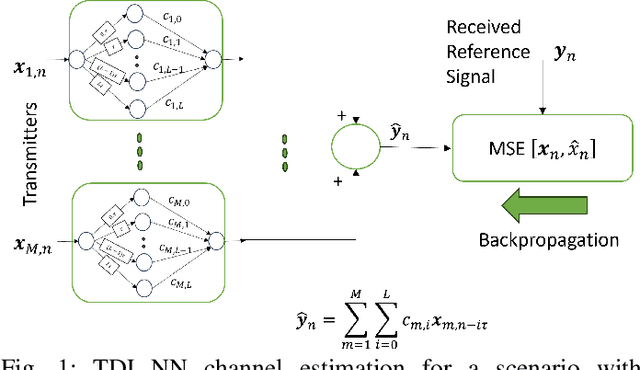
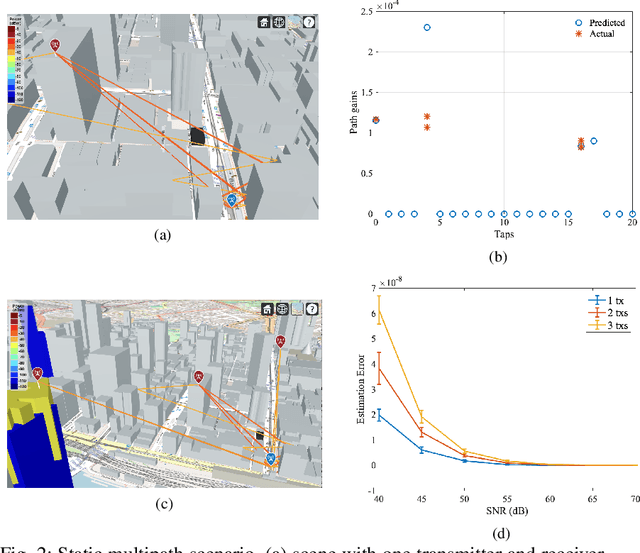

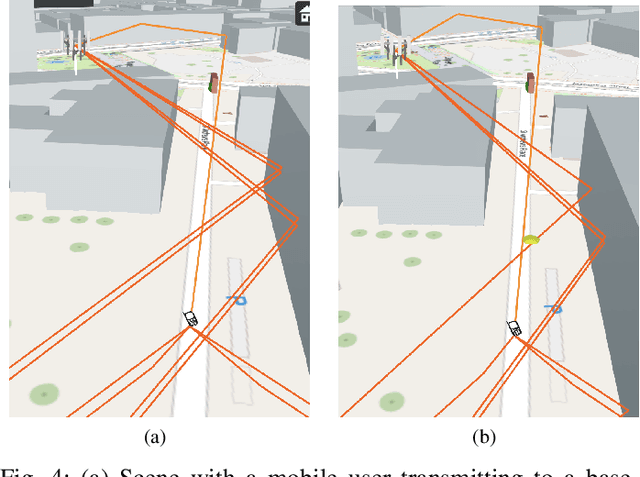
Abstract:With the advent of machine learning, there has been renewed interest in the problem of wireless channel estimation. This paper presents a novel low-complexity wireless channel estimation scheme based on a tapped delay line (TDL) model of wireless signal propagation, where a data-driven machine learning approach is used to estimate the path delays and gains. Advantages of this approach include low computation time and training data requirements, as well as interpretability since the estimated model parameters and their variance provide comprehensive representation of the dynamic wireless multipath environment. We evaluate this model's performance using Matlab's ray-tracing tool under static and dynamic conditions for increased realism instead of the standard evaluation approaches using statistical channel models. Our results show that our TDL-based model can accurately estimate the path delays and associated gains for a broad-range of locations and operating conditions. Root-mean-square estimation error remained less than $10^{-4}$, or $-40$dB, for SNR $\geq 30$dB in all of our experiments. The key motivation for the novel channel estimation model is to gain environment awareness, i.e., detecting changes in path delays and gains related to interesting objects and events in the field. The channel state with multipath delays and gains is a detailed measure to sense the field than the single-tap channel state indicator calculated in current OFDM systems.
Demystifying the COVID-19 vaccine discourse on Twitter
Aug 29, 2022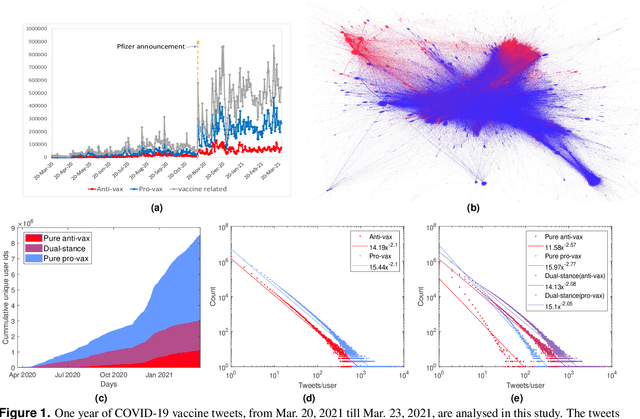
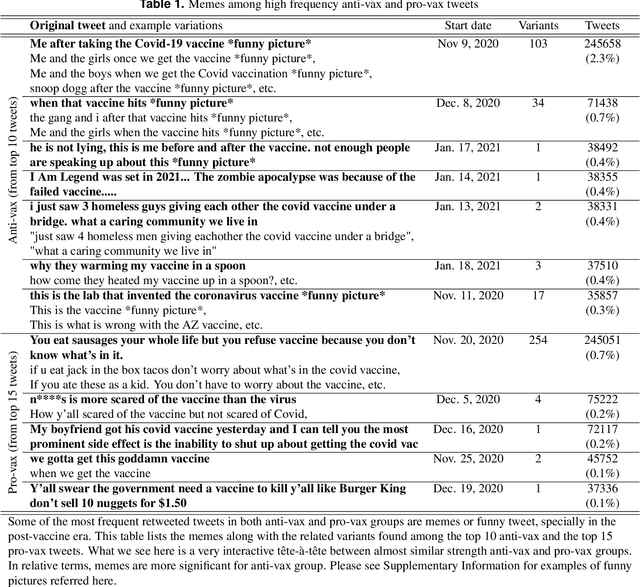
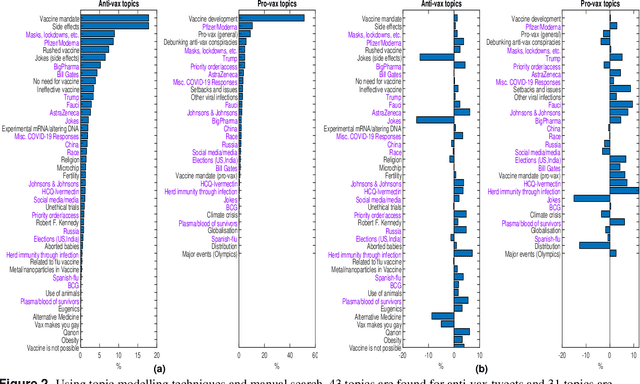
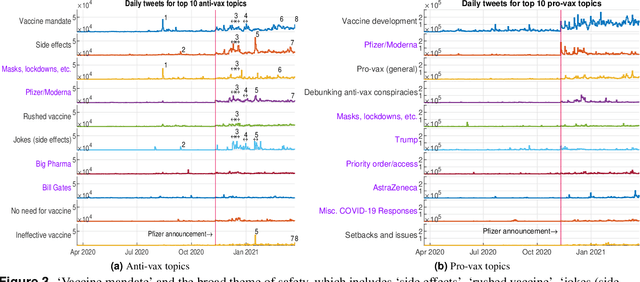
Abstract:Developing an understanding of the public discourse on COVID-19 vaccination on social media is important not only for addressing the current COVID-19 pandemic, but also for future pathogen outbreaks. We examine a Twitter dataset containing 75 million English tweets discussing COVID-19 vaccination from March 2020 to March 2021. We train a stance detection algorithm using natural language processing (NLP) techniques to classify tweets as `anti-vax' or `pro-vax', and examine the main topics of discourse using topic modelling techniques. While pro-vax tweets (37 million) far outnumbered anti-vax tweets (10 million), a majority of tweets from both stances (63% anti-vax and 53% pro-vax tweets) came from dual-stance users who posted both pro- and anti-vax tweets during the observation period. Pro-vax tweets focused mostly on vaccine development, while anti-vax tweets covered a wide range of topics, some of which included genuine concerns, though there was a large dose of falsehoods. A number of topics were common to both stances, though pro- and anti-vax tweets discussed them from opposite viewpoints. Memes and jokes were amongst the most retweeted messages. Whereas concerns about polarisation and online prevalence of anti-vax discourse are unfounded, targeted countering of falsehoods is important.
 Add to Chrome
Add to Chrome Add to Firefox
Add to Firefox Add to Edge
Add to Edge